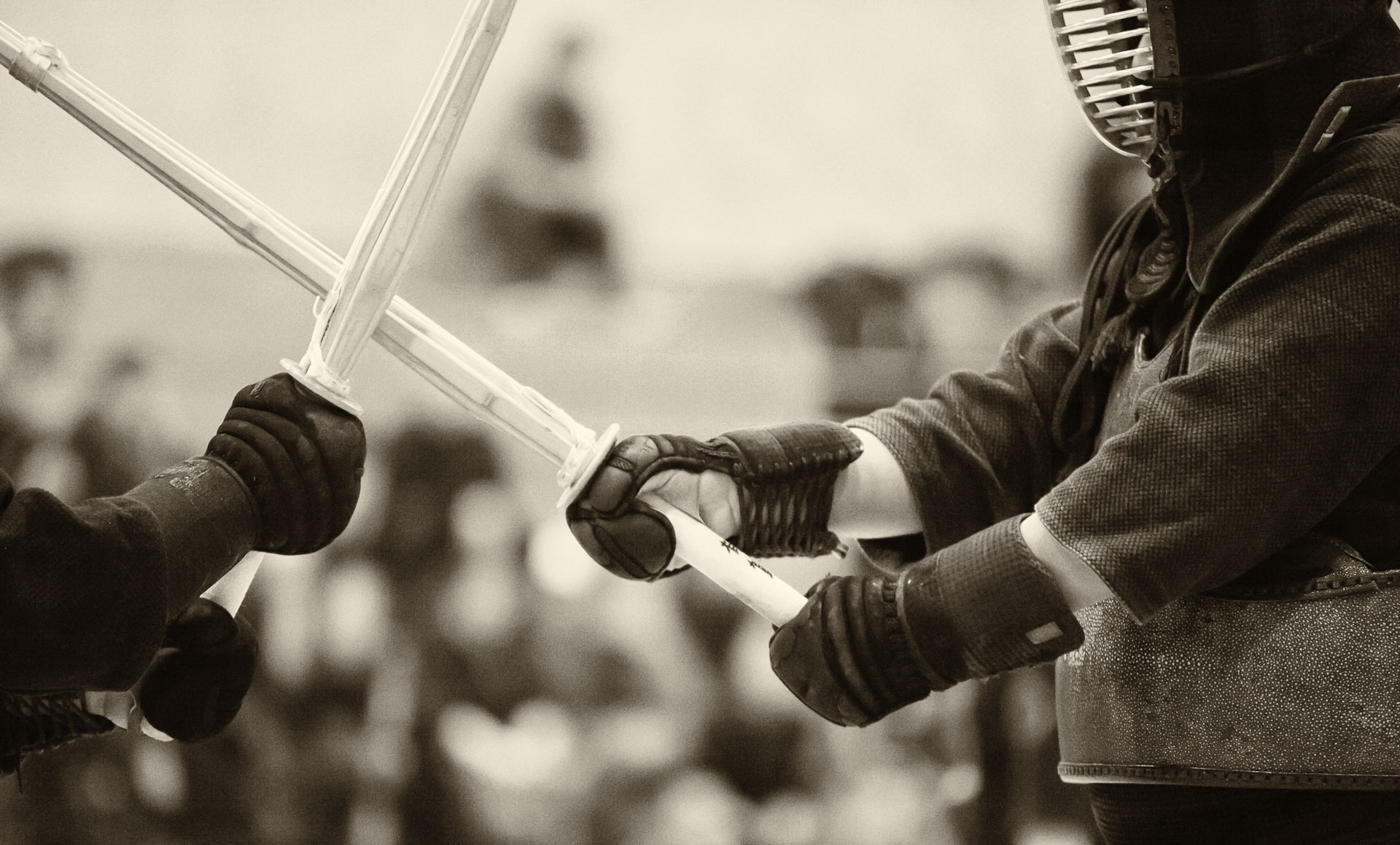
The photoshoot at the grand opening of our university’s new athletic centre turned out to be much more excited than I expected. I only had about an hour to spend shooting during the lunch break of a research workshop that I was attending across the campus.
The star feature of the new athletics building is a climbing wall, on which young athletes demonstrated their skills to the visiting public. The climbing instructors offered me to climb to the top and shoot the athletes looking down at them. I jumped at the opportunity, even though I have never climbed before in my life. It turned out to be a lot of fun, but I have to admit that for the first few minutes after I let go of the wall and spun around to face the climbers, who were coming towards me, I was too terrified to really think about photography matters, such as composition, exposure and focus.
In retrospect, climbing seems to be a very photogenic sport. It is a skill that is well worth learning, even just to gain better opportunities to shoot those, who are really good at it.
Note: Our university’s media officials asked us not to publish the photos, so they could use them first to promote the new building. So the photos in this post are, in fact, from another gym.























